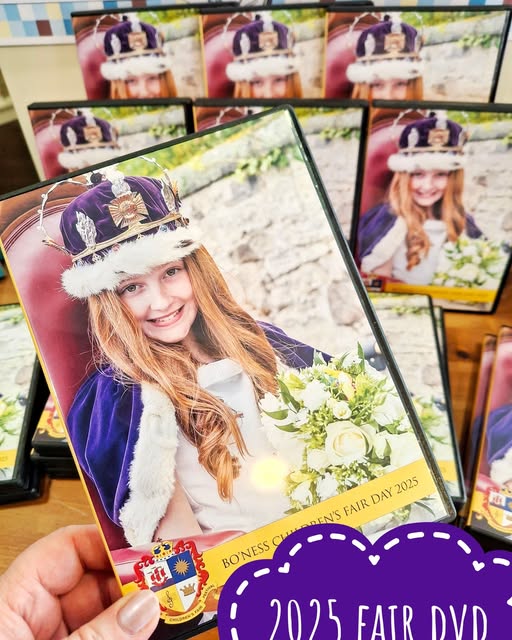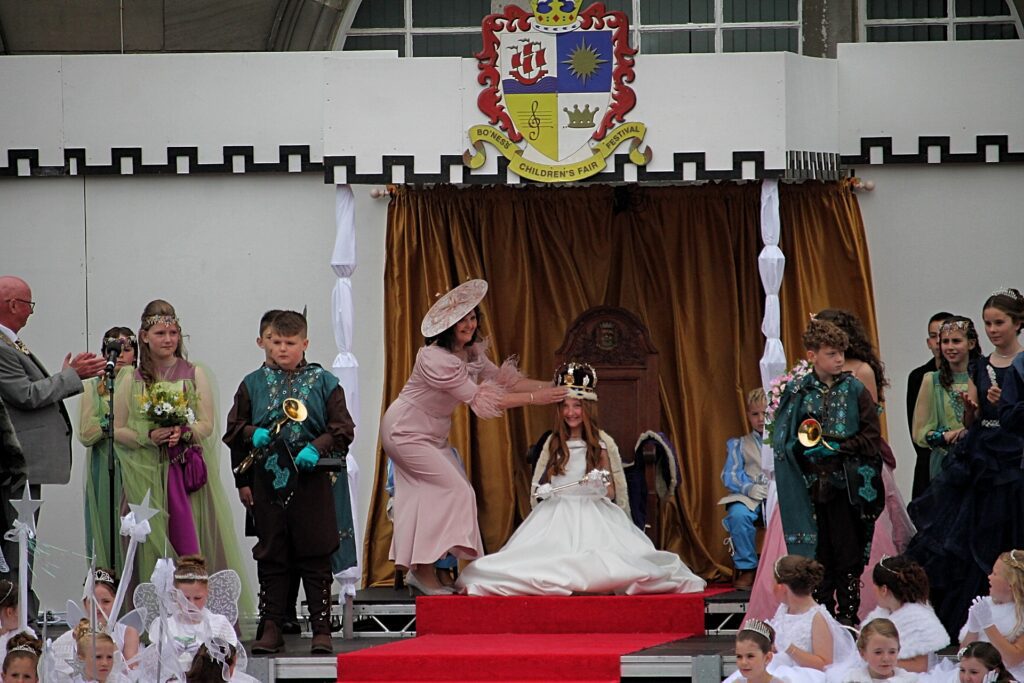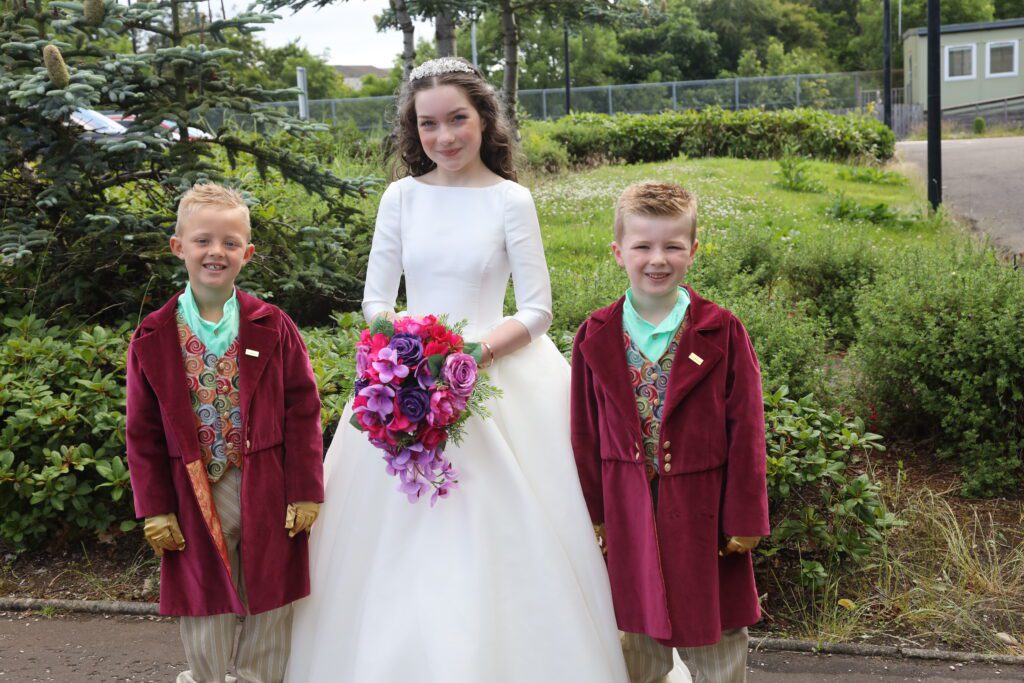” IF YER no’ a Granger, yer a stranger” or so the saying goes, I have to admit to being a bit of both. Although I grew up in the west of the town and was educated at Kinneil Primary, I was born at 111 Main Street, Grangepans. At the age of three I was bundled into Bobby Stein’s stick lorry along with all our furniture , to a new three up and two down house in Maidenpark. Moving day is my most vivid memory of my early years.
I did, however, continue to visit several times a week too my wee Grannie Bell’s house in Ash Terrace, so my associations with my roots were never severed.
Reminiscing, today, these visits have taken on an air of Brigadoon. Our walk was from the pristine newness of Maidenpark, surrounded by green fields, passing well kept Douglas Park and Glebe Park, along Braehead with its ‘ Big Hooses’ and tailored gardens. At the top of the links Brae we would stop and gaze down. Victoria Park was the last vestage of green before the predominant colours changed to grey and brown.
The stark picture was of heavy industry and its workers houses crowded together on a narrow strip of land between Brae and river. Thick black smoke and noise from the foundries and the endless stacks of pit-props stretching along the foreshore as far as the eye could see.
Railway tracks cut their way through bings of coal and pottery waste, the long lines of wagons shunting raw materials and finished goods to a sad Bo’ness harbour which had seen better days.
At the foot of the links it was like stepping back into Victorian times. All along the street edge were tenements with outside stairs and cobbled closes. These were houses which were shops and shops which were now houses, ‘ Jenny Awethings ‘ – shops where you could buy anything, were on every corner or hiding in dark nooks and crannies. Many of these shops were merely converted from a front room and run by the lady of the house. They rarely closed and even when they did, anyone who ‘ ran oot ‘ just had to knock on the back door to be ‘ served’.
Names spring to mind when thinking of these shops. Ballantine’s, Teeny Robertson’s, Dora Lane’s and the McGee sisters. Annie and Bella McGee ran their wee shop from their home in Burnett’s Buildings. The heavy front door had a latch handle which operated a jingling bell, announcing a customer. I enjoyed visiting just to hear the bell. These ladies were more than shopkeepers. They were friend, comforter and often saviour in hard times.
Across the street was the Dairy Close or ‘ Derry Close ‘ as it was known to the locals and the Foundry Square. When Grangers talk of old times these are always remembered fondly.
The hub of the street was the Post Office run by Isa Dunlop and her sister Meg. Next door was the ever busy Danny’s Chippy. this conjures memories of scrubbed wooden tables and benches, long shelves of bottled sweets decorating the front shop while the frying and serving of the fish and chips was ‘ through the back ‘. A large barrel of peeled potatoes was stationed at the rear of the shop waiting to be chomped into shape by the well practised arm of Danny or his sons.
The Grangepans picture-house had long since stopped showing films and was then the home of the Sea Cadet Corps. Others which many will remember were Learmonth’s paper shop and Marie Miller’s dress store which were tucked in at the foot of the brae leading to Victoria Park, Greenfield’s and Ritchie’s, grocers/fruiterers and Bobbie Buchanan’s hairdressers, a family business still serving the Bo’ness public. On the counter of Foster’s newsagents sat something which fascinated every young customer. A bank in the shape of the head and shoulders of a small black boy. We would put a penny in his hand, he would lift it to his mouth and down the hatch it would go – disappeared.
There were two main public houses on the street, the Crown Inn and the Stag’s Head, known to the locals as the ‘ Brushers ‘ supposedly because the pit Brushers received their pay packet in there every week. One wonders how much of it reached the wife and weans, if this was true.
The list was endless as was the long main street which stretched all the way to Bridgeness and Carriden. Passing the ‘ Billboards ‘ another famous landmark and meeting place at the foot of Cowdenhill, we came upon an area of reclaimed foreshore. Here stood woodyards, C. W. McNays Bridgeness Pottery and the shipbreaking yard. In mid stream ships would be turned to face the shore, their engines revved for the last time. ” Full power ahead ” and the bow was rammed hard up onto the beach beside the old Bridgeness Harbour. Many famous ships ended their days here. The largest being the 12,000 ton Megatama. She had carried a great exodus of emigrants from Scotland’s northern Isles to the Americas.
Yes, the old Grangepans was a bustling community but few of these shops, houses and factories remain. Scattered between the new look Grangepans are the Bo’ness United Social Club, once the Apostolic Church, the now closed Co-op buildings, and the Crown Public house.
You can however find traces of old mine shafts – covered by flower beds and a walk along the shoreline can turn up shreds ( broken pottery ) dumped during manufacture by McNay’s. Do you remember playing ‘ wee shops ‘ and ‘ hooses ‘ with all the broken cups, saucers and three legged spacers amongst the huge piles to the rear of the factory? Nearly every houshold in the town owned table-ware from the Bo’ness Potteries. Now they are antiques and becoming valuable.
My Gran’s house in Ash Terrace was full of relics. It was like visiting a museum, a voyage of discovery to a past era. A glass fronted cabinet holding ornaments and books confronted you on entry. A deep, white sink was in place under the window. A window which still showed evidence of the war by the black-out blinds which were hung up each night. To the left of the door was a large brass bed covered with a patchwork square and crocket covers. The table and chairs were pushed hard against this extra space.
The fireplace or ‘ range ‘ was the focal point of the room with its cast iron oven where all the cooking was done. A swivel hook, held a sooty kettle, on the boil all day over red hot coals. The immaculately leaded range was set off by a brass fender and poker and tong set. Above was a mantelpiece which supported the intricacies of a gas lamp. At the first sign of grey-dark the ritual of lighting the ‘ leary ‘ as Granny Bell called it was begun. A hissing signalled the gas was on then a plop as the mantle burst into flame. The smell of the gas and the shadowy light which it barely gave off are vivid memories.
Through the dim light could be seen the array of blue and white pottery displayed on a shelf which ran along the back wall of the room. These were guarded, through the dusk, by a pair of wally dugs which stared down from either ends of the shelf. Two comfortable chairs on either side of the grate, one which held a delicate old lady in black dress and flowered pinny, completes the memory.
In this non-electric world stood a wireless powered by an accumulator which had to be taken to a shop near the gasworks to be recharged each week.
Although a visit to the toilet meant a hundred yard sprint to the rear of the building and there were none of the luxuries which we take for granted today, I was never in a hurry to leave this wonderland to return ‘ up the Brae ‘.
All mod cons have caught up with today’s Grangepans but the spirit and character of bygone days is still to be found in its heart and in the heart of all who proudly lay claim to the name of “GRANGER”.
VALERIE McKAY






